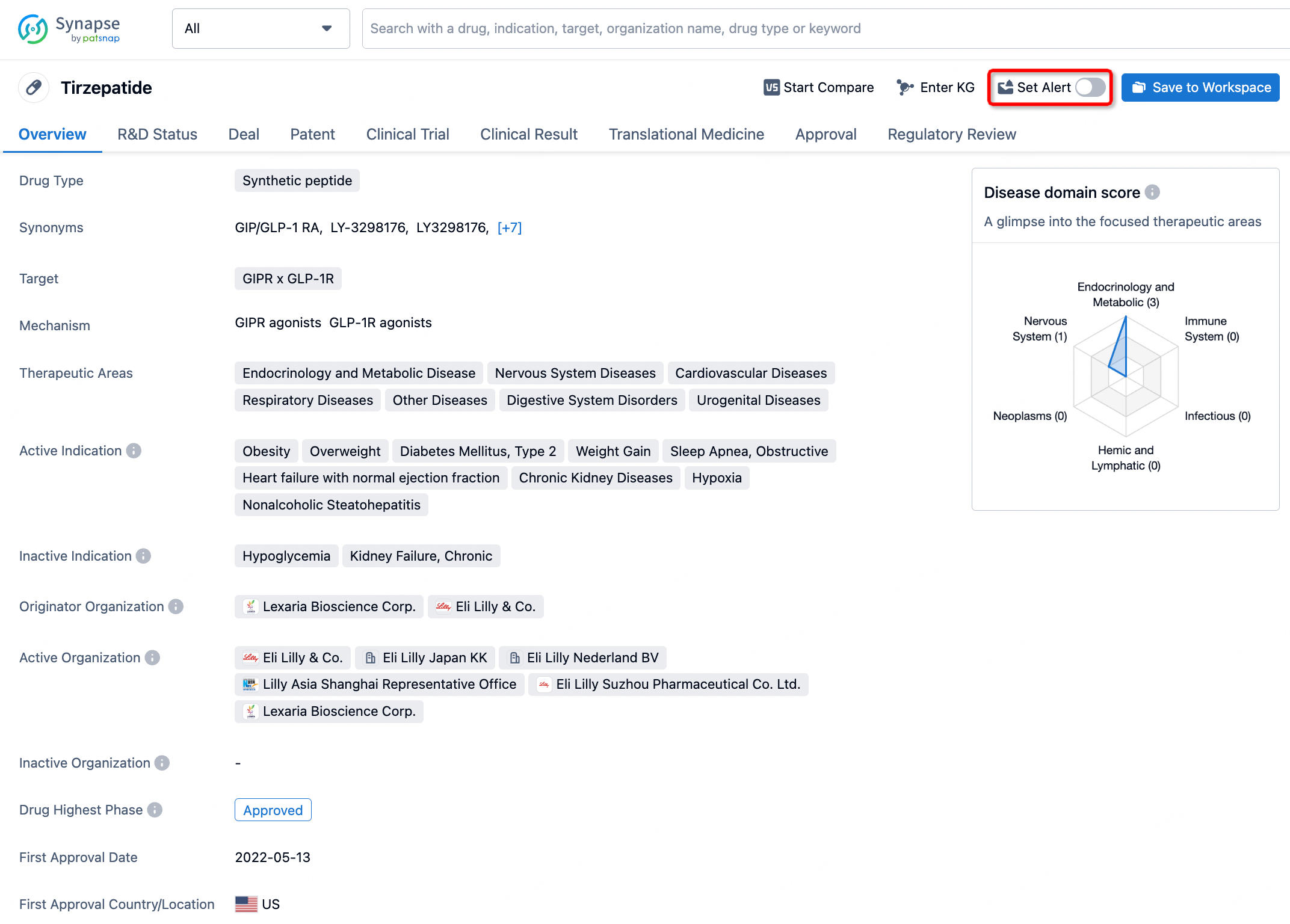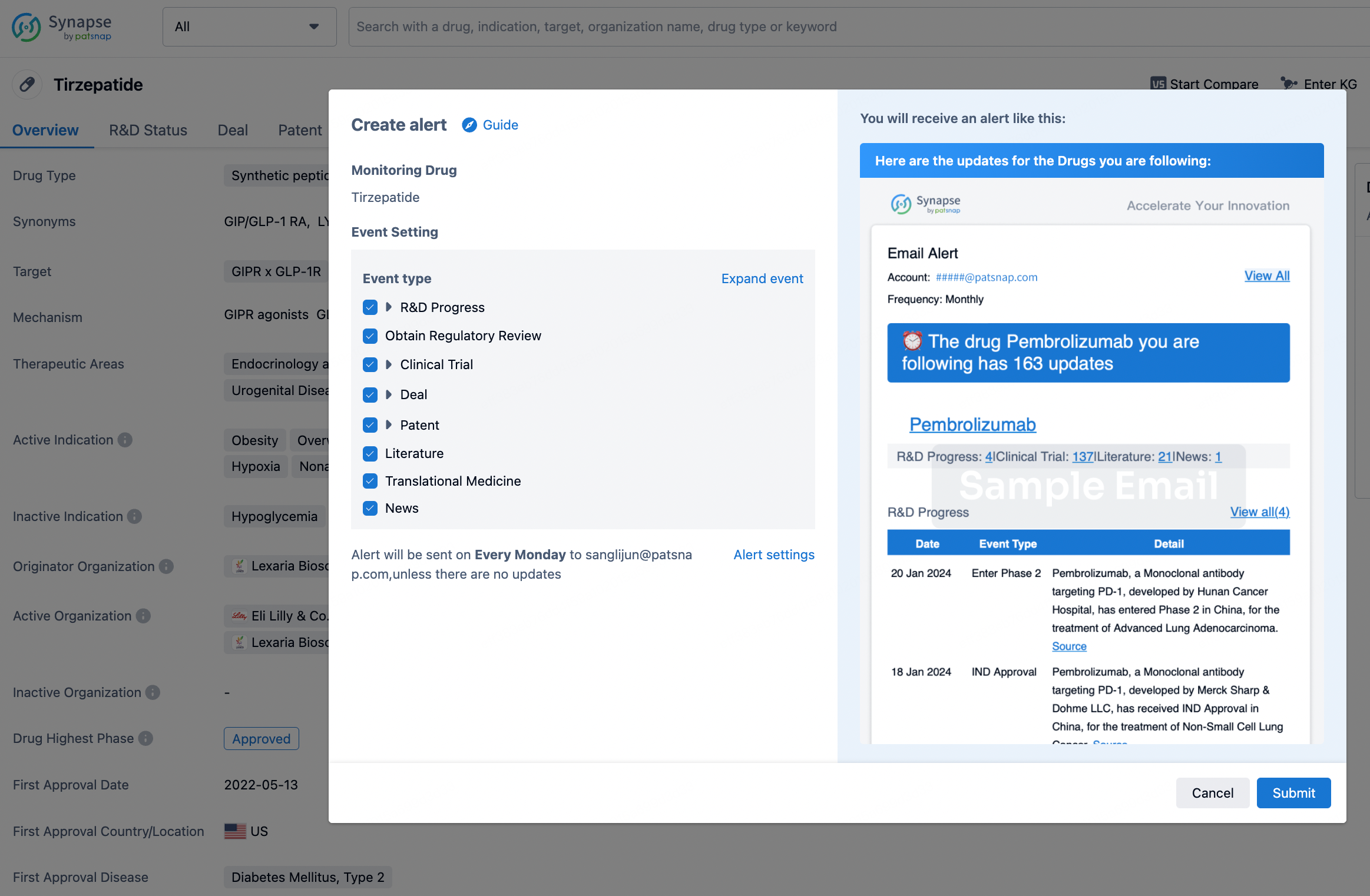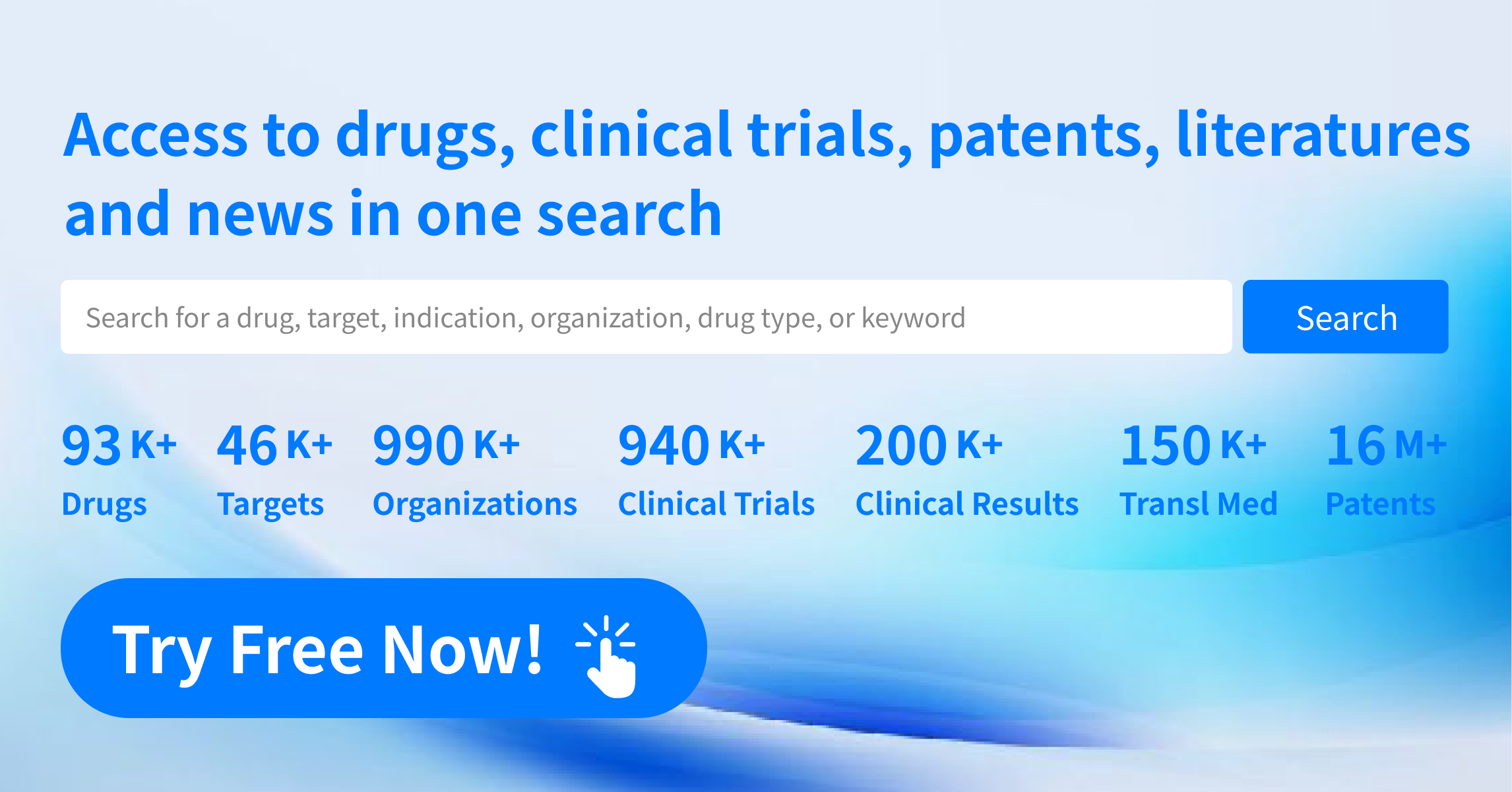Request Demo
What is the mechanism of Methoxyphenamine Hydrochloride?
18 July 2024
Methoxyphenamine Hydrochloride, a synthetic sympathomimetic amine, is a compound that has gained interest for its pharmacological properties, primarily as a bronchodilator and nasal decongestant. Understanding the mechanism of Methoxyphenamine Hydrochloride involves delving into its interactions with the human body's adrenergic system, its metabolic pathways, and its pharmacokinetics and pharmacodynamics.
At the core of Methoxyphenamine Hydrochloride's mechanism of action is its ability to stimulate the release of norepinephrine, a key neurotransmitter in the sympathetic nervous system. By promoting norepinephrine release, Methoxyphenamine Hydrochloride activates adrenergic receptors, specifically the alpha and beta receptors. This activation triggers a cascade of physiological responses that are characteristic of the "fight or flight" response, including increased heart rate, dilation of the airways, and vasoconstriction.
One of the primary therapeutic effects of Methoxyphenamine Hydrochloride is bronchodilation. By binding to beta-2 adrenergic receptors in the bronchial smooth muscle, it causes relaxation of these muscles, leading to widened airways and improved airflow. This makes Methoxyphenamine Hydrochloride particularly useful in treating conditions such as asthma and chronic obstructive pulmonary disease (COPD), where airway constriction is a major symptom.
Additionally, Methoxyphenamine Hydrochloride exerts decongestant effects through its action on alpha-adrenergic receptors in the nasal mucosa. Activation of these receptors causes vasoconstriction of the blood vessels in the nasal passages, reducing blood flow and subsequently decreasing nasal congestion. This mechanism is beneficial in alleviating symptoms of nasal congestion associated with colds, allergies, or sinusitis.
The pharmacokinetics of Methoxyphenamine Hydrochloride, which includes its absorption, distribution, metabolism, and excretion, play a significant role in its therapeutic efficacy and safety profile. After oral administration, Methoxyphenamine Hydrochloride is rapidly absorbed from the gastrointestinal tract. It undergoes hepatic metabolism, primarily through the cytochrome P450 enzyme system, into active and inactive metabolites. These metabolites are then excreted via the kidneys. Understanding these pathways is crucial for optimizing dosing regimens and minimizing potential side effects.
In terms of side effects, Methoxyphenamine Hydrochloride can sometimes cause cardiovascular effects such as increased heart rate and blood pressure due to its sympathomimetic activity. Other common side effects may include nervousness, dizziness, and gastrointestinal disturbances. These side effects underscore the importance of careful monitoring and dosage adjustment, particularly in individuals with pre-existing cardiovascular conditions or those who are sensitive to sympathetic nervous system stimulation.
In summary, the mechanism of Methoxyphenamine Hydrochloride involves its action as a sympathomimetic amine, primarily through the stimulation of norepinephrine release and subsequent activation of adrenergic receptors. This leads to bronchodilation and nasal decongestion, making it effective for treating respiratory conditions. Its pharmacokinetics and metabolism are integral to its therapeutic application, while its side effects necessitate careful management in clinical settings. Understanding these facets of Methoxyphenamine Hydrochloride can aid in its effective and safe use in medical practice.
At the core of Methoxyphenamine Hydrochloride's mechanism of action is its ability to stimulate the release of norepinephrine, a key neurotransmitter in the sympathetic nervous system. By promoting norepinephrine release, Methoxyphenamine Hydrochloride activates adrenergic receptors, specifically the alpha and beta receptors. This activation triggers a cascade of physiological responses that are characteristic of the "fight or flight" response, including increased heart rate, dilation of the airways, and vasoconstriction.
One of the primary therapeutic effects of Methoxyphenamine Hydrochloride is bronchodilation. By binding to beta-2 adrenergic receptors in the bronchial smooth muscle, it causes relaxation of these muscles, leading to widened airways and improved airflow. This makes Methoxyphenamine Hydrochloride particularly useful in treating conditions such as asthma and chronic obstructive pulmonary disease (COPD), where airway constriction is a major symptom.
Additionally, Methoxyphenamine Hydrochloride exerts decongestant effects through its action on alpha-adrenergic receptors in the nasal mucosa. Activation of these receptors causes vasoconstriction of the blood vessels in the nasal passages, reducing blood flow and subsequently decreasing nasal congestion. This mechanism is beneficial in alleviating symptoms of nasal congestion associated with colds, allergies, or sinusitis.
The pharmacokinetics of Methoxyphenamine Hydrochloride, which includes its absorption, distribution, metabolism, and excretion, play a significant role in its therapeutic efficacy and safety profile. After oral administration, Methoxyphenamine Hydrochloride is rapidly absorbed from the gastrointestinal tract. It undergoes hepatic metabolism, primarily through the cytochrome P450 enzyme system, into active and inactive metabolites. These metabolites are then excreted via the kidneys. Understanding these pathways is crucial for optimizing dosing regimens and minimizing potential side effects.
In terms of side effects, Methoxyphenamine Hydrochloride can sometimes cause cardiovascular effects such as increased heart rate and blood pressure due to its sympathomimetic activity. Other common side effects may include nervousness, dizziness, and gastrointestinal disturbances. These side effects underscore the importance of careful monitoring and dosage adjustment, particularly in individuals with pre-existing cardiovascular conditions or those who are sensitive to sympathetic nervous system stimulation.
In summary, the mechanism of Methoxyphenamine Hydrochloride involves its action as a sympathomimetic amine, primarily through the stimulation of norepinephrine release and subsequent activation of adrenergic receptors. This leads to bronchodilation and nasal decongestion, making it effective for treating respiratory conditions. Its pharmacokinetics and metabolism are integral to its therapeutic application, while its side effects necessitate careful management in clinical settings. Understanding these facets of Methoxyphenamine Hydrochloride can aid in its effective and safe use in medical practice.
How to obtain the latest development progress of all drugs?
In the Synapse database, you can stay updated on the latest research and development advances of all drugs. This service is accessible anytime and anywhere, with updates available daily or weekly. Use the "Set Alert" function to stay informed. Click on the image below to embark on a brand new journey of drug discovery!
Get started for free today!
Accelerate Strategic R&D decision making with Synapse, PatSnap’s AI-powered Connected Innovation Intelligence Platform Built for Life Sciences Professionals.
Start your data trial now!
Synapse data is also accessible to external entities via APIs or data packages. Empower better decisions with the latest in pharmaceutical intelligence.


